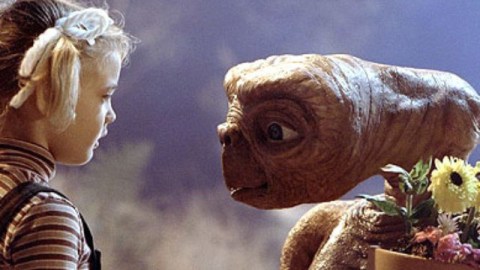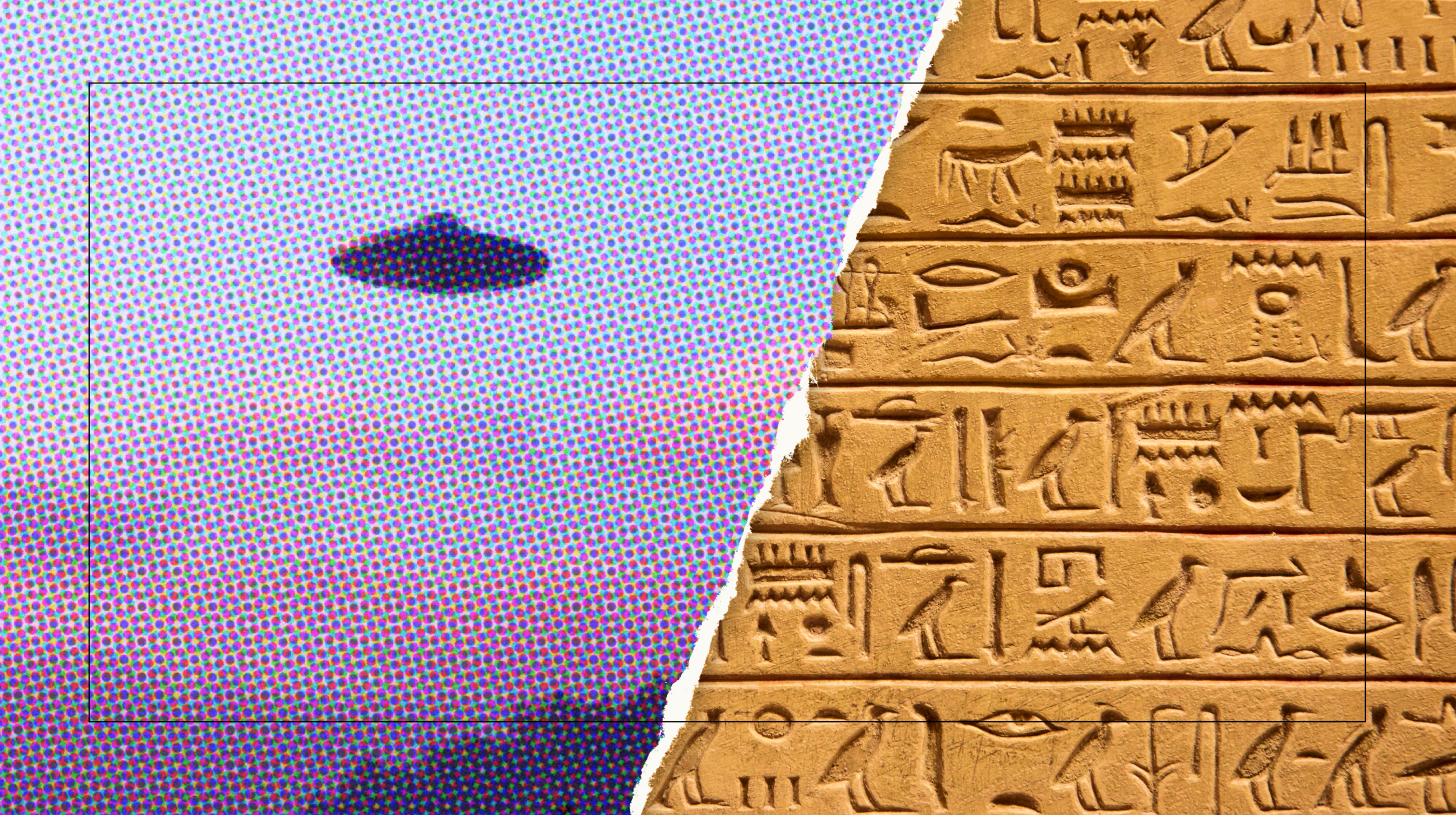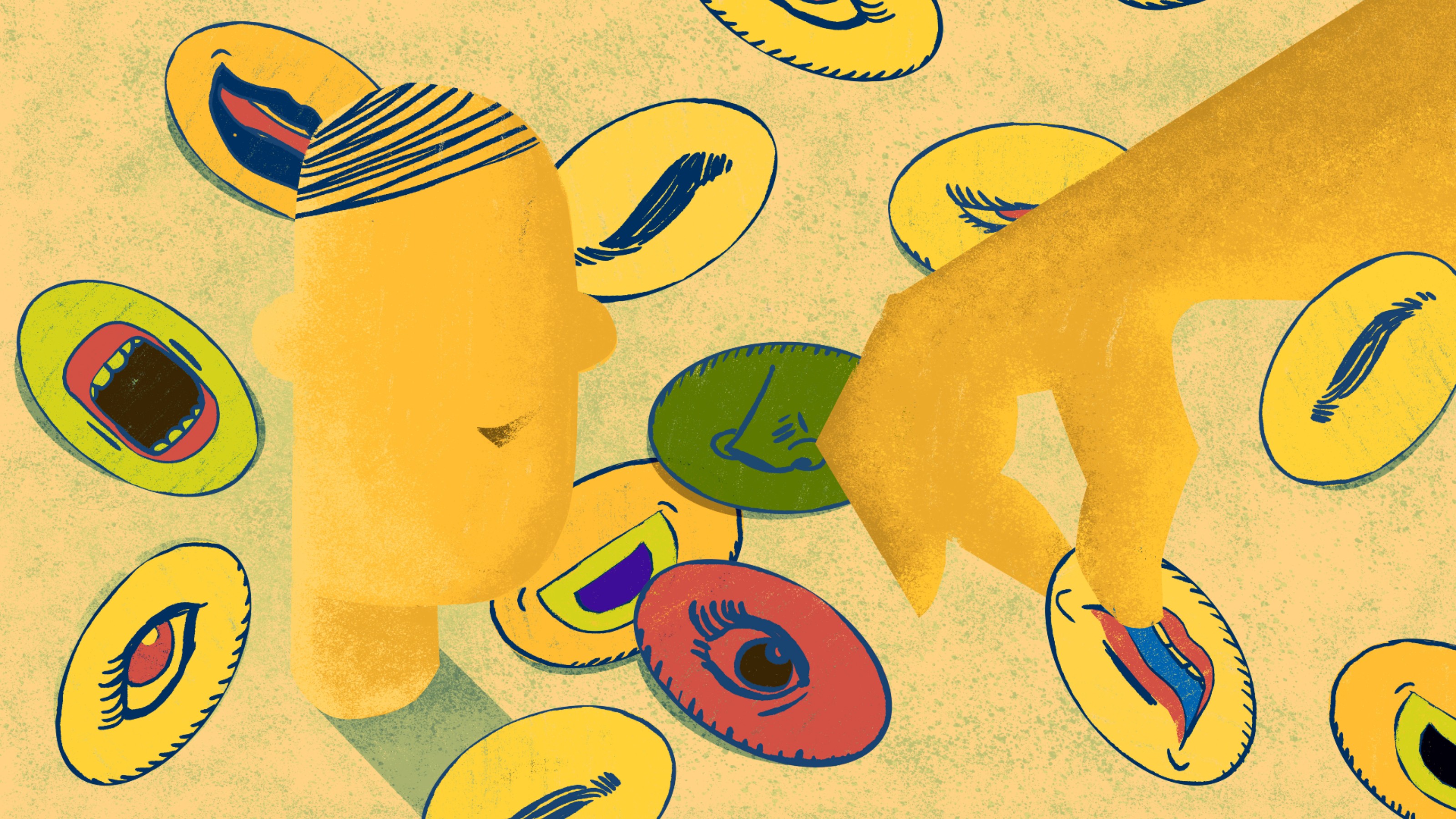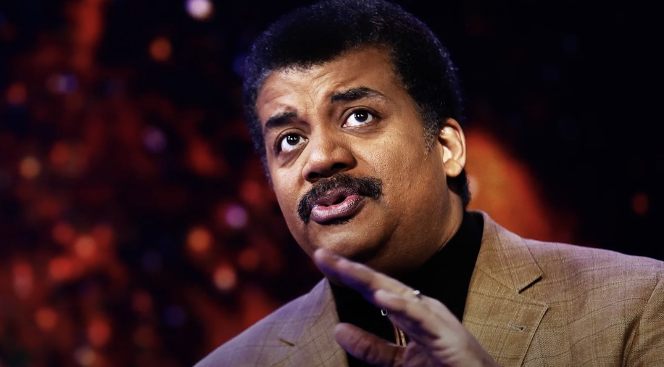What Would Aliens Look Like? Ideas from Richard Dawkins, Neil deGrasse Tyson, and You

Yesterday, Howard University hosted a panel discussion on “The Poetry of Science” featuring Neil deGrasse Tyson and Richard Dawkins. Among subjects, Tyson and Dawkins discussed the prospects for life on another planet and public fascination with extraterrestrials.
Karen Frantz, a graduate student in journalism here at at American University, covered the event for AoE and files this guest post with video of reactions from several individuals in attendance.–Matthew Nisbet
What would life on another planet look like? E.T. or the Blob?
That’s a simplified version of a question pondered by evolutionary biologist Richard Dawkins and astrophysicist Neil deGrasse Tyson during a Tuesday discussion held at Howard University in Washington, D.C.
The conversation explored how science is not only a tool to help us understand the world, but how it can also open our minds to the questions we might never have known to ask. Dawkins and Tyson spoke about how humans can identify intelligence in our own species and in others, the scientific tools that allow us to abandon our senses when trying to explain the world around us — and what alien life might look like.
Enter popular culture.
Tyson argued that representations of aliens in pop culture tend to be anthropomorphized, depicting beings with similar body structures and facial features as ours. He said that it’s egocentric to assume that life on another planet would resemble life on our own, and that to him the most plausible alien character depicted in sci-fi was the Blob — an amoeba-like villain in the classic 50’s flick.
Dawkins countered by saying that life on Earth has followed predictable paths of evolution, and we might very well expect life on other planets to take a similar course. For example, on Earth, animals on separate continents still share similar genes and characteristics — eyes and stingers, for example — despite having long ago split apart on the evolutionary chain.
So, what would life on another planet look like? Following the panel, I posed the question to a few of the attendees, who had illuminating responses. Watch their responses below.–Guest post by Karen Frantz




